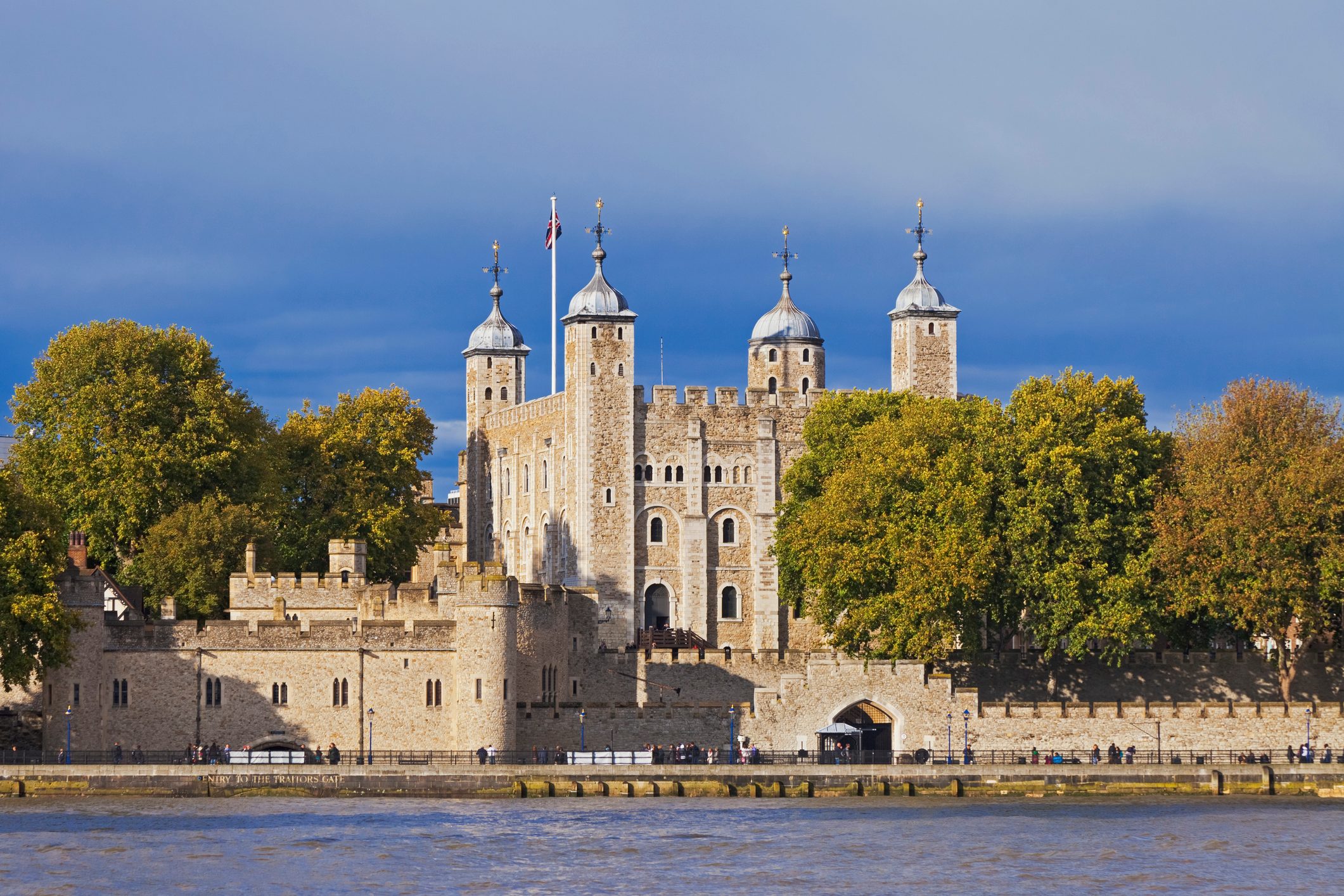

By Asmita - Aug 10, 2025
China's plan to build a massive embassy in London faces strong opposition due to concerns over national security. The proposed embassy features extensive facilities, including underground rooms and tunnels, raising fears of espionage capabilities. Local residents and activists worry about privacy and safety risks, with potential protests and surveillance threats sparking alarm. Human rights activists fear the embassy could aid Beijing's crackdown on dissent abroad. Despite some viewing the project as an economic opportunity, tensions persist over security, espionage, and diplomatic implications.

The Tower of London via Getty Images
LATEST
China’s ambitious plan to build a sprawling “super embassy” in the heart of London has ignited strong opposition from local residents and activists who fear for their safety and national security. The proposed embassy, situated at the former Royal Mint Court near the iconic Tower of London and London’s financial district, spans 614,000 square feet and would become the largest Chinese embassy in Europe. The project includes office spaces, residential areas for staff, underground rooms, and tunnels, raising alarms over potential espionage capabilities. Critics argue that the embassy's strategic location atop major fiber-optic communication cables poses a serious risk of intelligence interception, threatening the security of the United Kingdom and its allies, especially since these cables connect the City of London and Canary Wharf, key global financial centers.
Local residents around Royal Mint Court, numbering about 300, have voiced deep concerns about the embassy’s impact on community safety and privacy. One resident expressed worries about the vulnerability created by what he termed a “soft border” formed by a simple wooden fence separating his property from the embassy grounds. He fears arbitrary searches, accusations of espionage, or surveillance by Chinese authorities acting as landlords in the area. The London Metropolitan Police have also warned of potential mass protests disrupting traffic and tourist areas, with past demonstrations against the embassy drawing thousands of participants, fueled by fears that the embassy could be a base for monitoring, intimidating, or even detaining Chinese dissidents in London.
Human rights activists, particularly from the Hong Kong diaspora, are alarmed by the potential for the embassy to facilitate Beijing’s crackdown on political opponents abroad. Since Beijing’s 2019 crackdown on pro-democracy movements in Hong Kong, tens of thousands of Hong Kong refugees in London have feared surveillance and harassment from Chinese agents. Concerns have been amplified by reports of alleged illegal “police stations” operated by China in the UK, intended to monitor and intimidate dissidents. The new embassy’s scale and underground facilities raise fears it could expand such activities dramatically, including detaining activists within its walls. Local and political authorities remain divided, with some UK government officials demanding explanations for blacked-out sections in China’s embassy plans and imposing security conditions, while others worry about the escalating protests and public unrest triggered by the project.
Despite opposition, some local stakeholders view the embassy as a potential boost for the area’s economy and regeneration. The embassy’s £255 million acquisition of Royal Mint Court is seen by some as a significant investment in one of London’s deprived boroughs, potentially revitalizing a long-neglected site with cultural and social benefits. However, these views contrast sharply with the persistent unease among residents, security experts, and human rights organizations who continue to challenge the UK government’s readiness to approve the project amidst ongoing safety, espionage, and diplomatic concerns. The final decision on the project is expected soon, with the UK government weighing the competing interests of national security, local safety, and diplomatic relations with China.